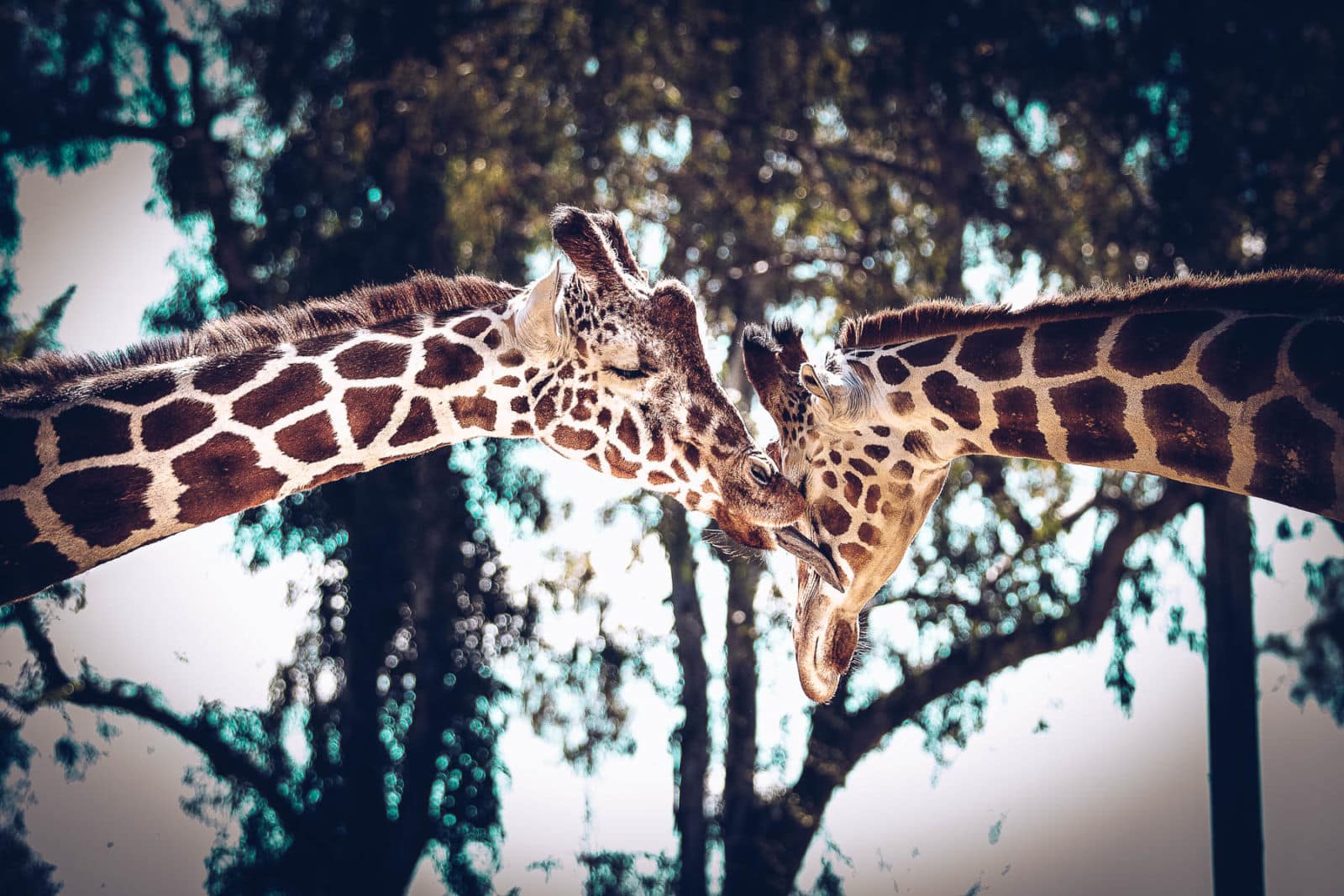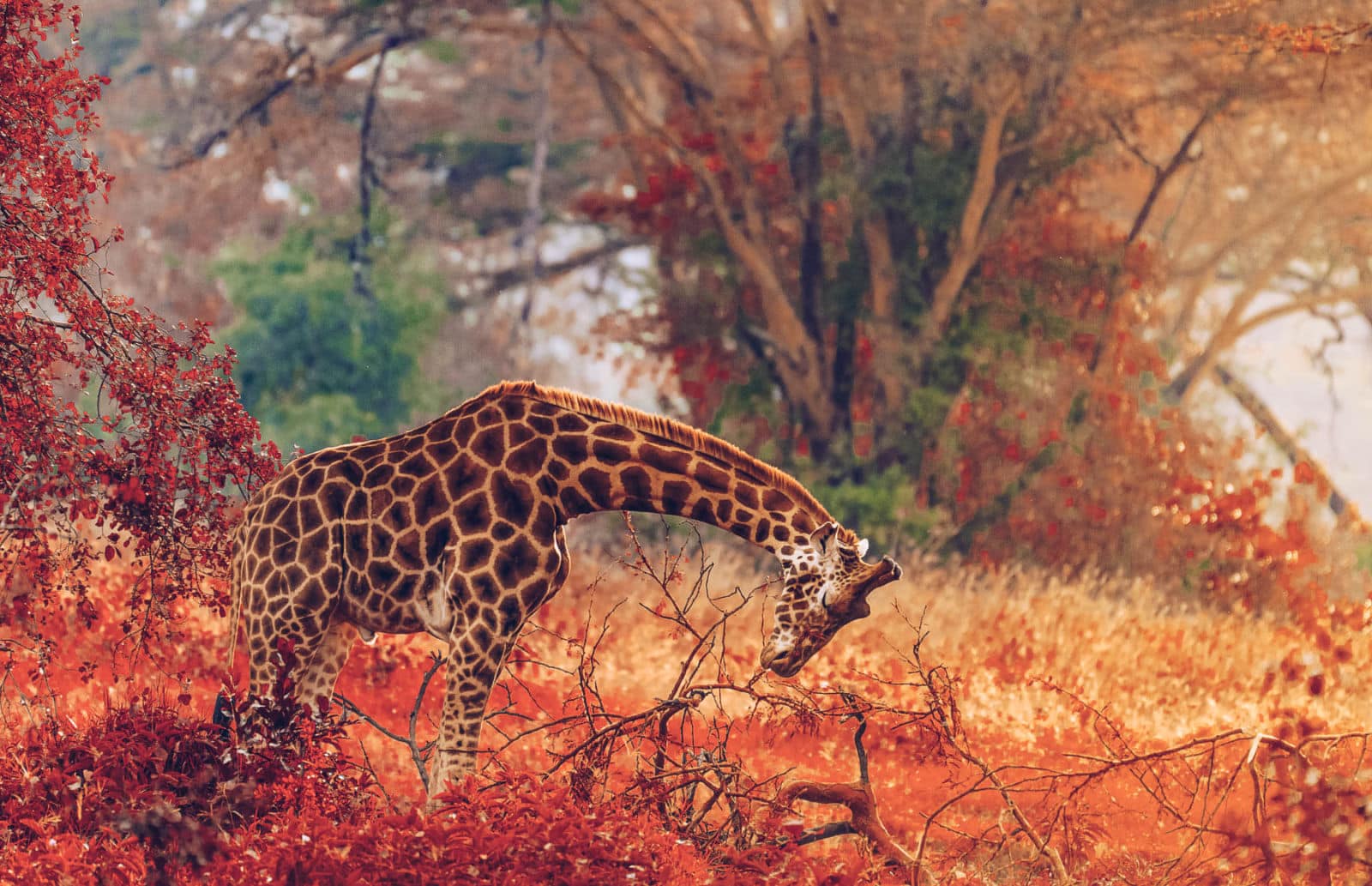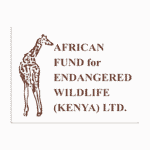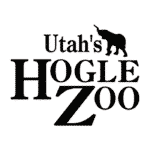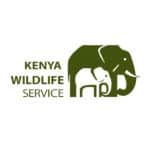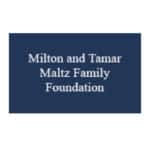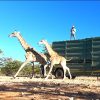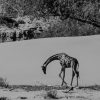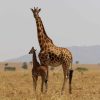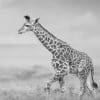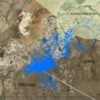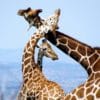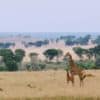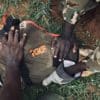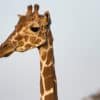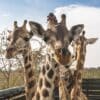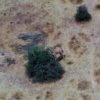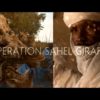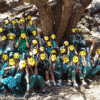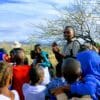In Kenya, all known wild populations of Nubian giraffe were extirpated by agricultural development.
Remnant populations are now confined to national parks, private reserves and other protected areas where they were introduced for conservation purposes. These remaining populations are isolated from one another, hence interbreeding is not possible without intervention.
In partnership with the Kenya Wildlife Service (KWS) and other Nubian giraffe conservation partners in Kenya including AFEW/Giraffe Center, Giraffe Manor and Soysambu Conservancy, GCF has facilitated the development of a dedicated Nubian Giraffe Working Group to support the implementation of The Recovery and Action Plan for Giraffe in Kenya (2018-2022). Increasing education, awareness and conservation activities in support of Nubian giraffe conservation in Kenya are critical as the country is home to one of the largest wild populations.
Aside from supporting KWS host and facilitate the Nubian Giraffe Working Group, GCF continues to undertake targeted surveys of key Nubian giraffe populations across Kenya. These surveys have shown that Ruma National Park is home to the largest population of Nubian giraffe in Kenya. Ruma National Park and Mwea National Reserve are both examples of areas where AFEW/Giraffe Center successfully re-introduced Nubian giraffe back into the wild. As a key component of this programme, GCF works with the AFEW team to enhance their conservation research capacity by individually identify and monitor these giraffe populations. Enhancing awareness and capacity for giraffe conservation in Kenya is key for the long-term survival of giraffe in the country. Additional focus areas for Nubian giraffe conservation in Kenya are Lake Nakuru National Park and Soysambu Conservancy, where we work with KWS and other stakeholders.

